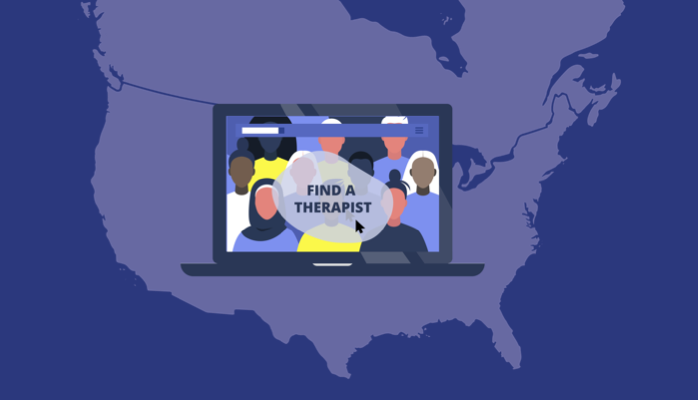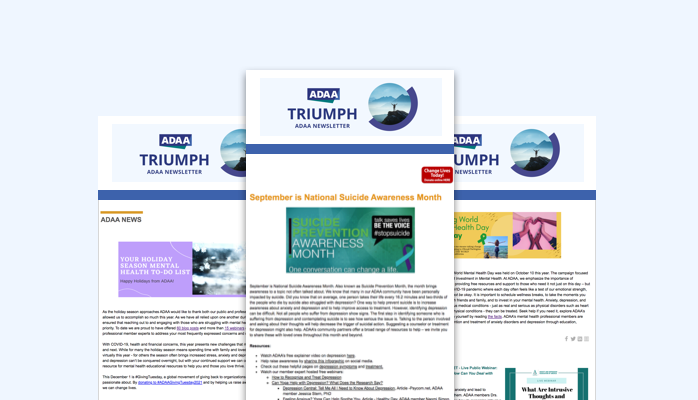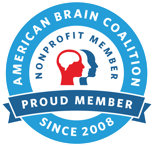 Deputy Director of the Emory Healthcare Veterans Program
Deputy Director of the Emory Healthcare Veterans Program
Professor at Emory University School of Medicine
Director of Mental Health Research & Program Evaluation at the Atlanta VA Healthcare Syste
Sheila Rauch, PhD, ABPP is a Professor in the Department of Psychiatry and Behavioral Sciences at the Emory University School of Medicine. She led design and now serves as Deputy Director of the Emory Healthcare Veterans Program and Director of Mental Health Research and Program Evaluation at the Atlanta VA Healthcare System. Dr. Rauch has been developing programs, conducting research and providing PTSD and Anxiety Disorders treatment for over 20 years. Her research focuses on examination of mechanisms involved in the development and treatment of PTSD and improving access to effective interventions. She has led several PTSD treatment outcome and mechanisms trials funded through VA/DOD and other sources and has been training providers in PTSD treatment since 2000 including working with a team to establish a PTSD training network in Japan following the triple disaster in 2011. She has published scholarly articles, chapters, and books on anxiety disorders and posttraumatic stress disorder (PTSD) focusing on neurobiology and factors involved in the development, maintenance, and treatment of anxiety disorders, psychosocial factors in medical settings, and the relation between physical health and anxiety. She is an author of the Prolonged Exposure manual and adaptation massed PE manual. Dr. Rauch has been involved in the modification and adaptation of proven psychotherapeutic interventions for anxiety disorders for various populations and settings, including primary care. She is a fellow of the Association of Behavioral and Cognitive Therapy (ABCT), was granted membership in the American College of Neuropsychopharmacology.
Dr. Rauch is ADAA board member and is also a member of the ADAA Scientific Council. Dr. Rauch joined ADAA in 2002.
Why I am an ADAA board member
I first joined ADAA to attend the Scientific Research Symposium Preconference as it truly was the best venue to cover the cutting edge of Anxiety Disorders research and clinical care. As I attended the preconference and conference, I was impressed with the quality of the research throughout the conference and the opportunities for networking with colleagues at all career stages. I have also been encouraged by the expansion from Anxiety Disorders into depression.
What do I value about the ADAA mission and how does my work fit into the ADAA mission?
In the ADAA mission, I value the focus on improved quality of life for people suffering with anxiety disorders and depression as this fits with my career focus on clinical research and policy implementation. My overarching career goals all align toward this goal and mirror the mission of ADAA. These goals include: 1) Examining what treatments for anxiety disorders work for whom and mechanisms involved in response, 2) Improving access to effective treatments for PTSD and anxiety disorders, 3) Improving dissemination of effectiveness practice, and 4) Informing policy and practice on the local, national, and international levels.
ADAA provides a home for all the elements of my scientist practitioner career with opportunities for my own career growth and the growth of my trainees and students. The ability to have a single organization that provides clinical practice support and scientific support is unique and a strength of ADAA.
What is the thing that I think is most exciting/interesting about what is currently happening in my lab or workplace?
The most exciting thing happening for me at work right now is the development of a strong mechanisms research team with interdisciplinary representation. With multiple research studies and parallel clinical programs, I am able to examine PTSD treatment response with multiple methods to get a more complete picture of what is response and how can we get people to their highest level of function. In addition, leading clinical program design allows my colleagues and I to immediately apply what we learn to improve practice in research as well as in our developing clinical programs to provide the most innovative and effective treatment of PTSD.











